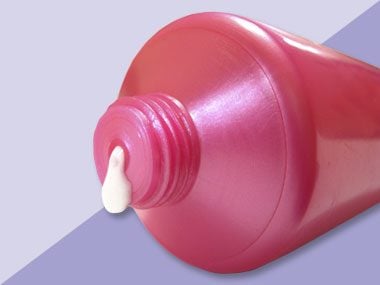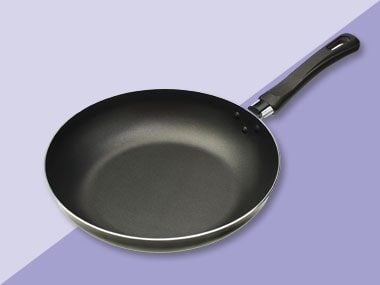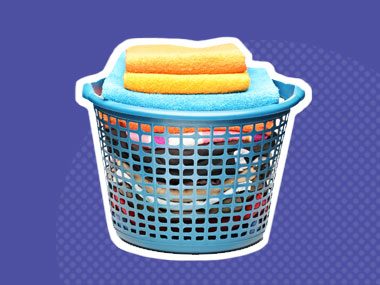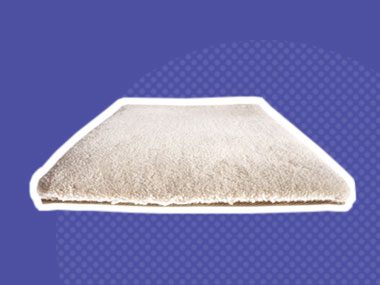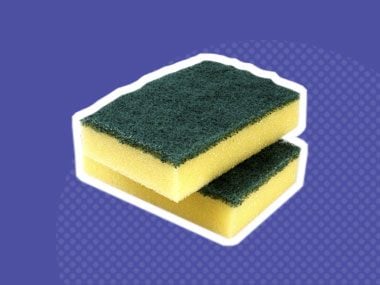Cardiologist Joel K. Kahn, MD, advises people to avoid exposure to these heart-harming toxins in his book The Whole Heart Solution.

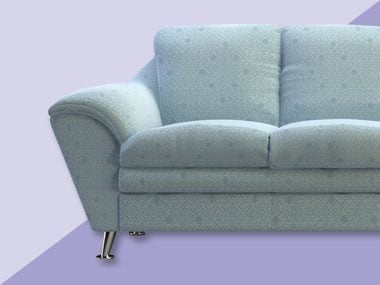
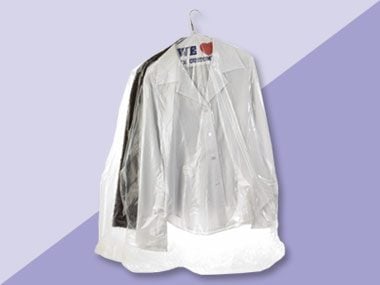

1. In canned goods and plastics, watch for: Bisphenol-A (BPA)
Sometimes called an endocrine disruptor because it interferes with the function of healthy hormones, BPA can mimic the effects of estrogen, increasing your risk of prostate and breast cancer and obesity. It may set the stage for heart disease too. One study linked high blood levels of BPA with an increased risk of dangerous types of plaque that are likely to rupture and cause sudden and often fatal heart attacks. When researchers from a number of different institutions looked at the levels of BPA in the urine of nearly 1,600 Brits and followed their health outcomes for 10 years, they found that people who developed heart disease were more likely to have elevated levels of BPA in their urine.
Solution: Buy canned food and water bottles marked BPA-free. Don’t touch sales receipts printed on thermal paper.
Solution: Buy canned food and water bottles marked BPA-free. Don’t touch sales receipts printed on thermal paper.
2. In toiletries, watch for: Phthalates
These chemicals are another type of endocrine disruptor linked to lower sperm counts, birth defects, obesity, and diabetes. One study linked high blood levels of a certain type of phthalate metabolite to an increased risk of hardened, clogged arteries. Recently, high blood pressure in children has been linked to phthalate exposures. More than 50 medical papers link phthalates to cardiovascular issues.
Solution: Avoid scented lotions and other personal care items.
Solution: Avoid scented lotions and other personal care items.
3. In non-stick pans, watch for: Perfluorinated chemicals (PFCs)
These chemicals, also found in water-resistant coating on clothes and furniture can affect thyroid function, sperm quality, and kidney health—as well as heart disease.
In a recent Danish study of 500 children found that overweight children who had higher levels of certain PFCs in their blood were more likely to develop risk factors linked to heart disease and diabetes, including higher levels of insulin and triglycerides (the findings weren’t different for normal-weight children).
Solution: Avoid treated products.
In a recent Danish study of 500 children found that overweight children who had higher levels of certain PFCs in their blood were more likely to develop risk factors linked to heart disease and diabetes, including higher levels of insulin and triglycerides (the findings weren’t different for normal-weight children).
Solution: Avoid treated products.

4. In clothing, furniture, and carpet, watch for: Polybrominated Diphenyl Ethers (PBDEs)
New furniture, carpeting, and mattresses are
created with dozens of different chemicals. Think about the smell of new carpeting or of a new mattress. It comes from chemical fumes that are escaping. One such type of chemical is PBDE, which mimics thyroid hormones and can lead to lower IQ.
A few years ago, a team of Danish and Swedish scientists measured certain markers of health in 21 healthy, elderly couples while the couples performed their normal routines at home. Then for two more days, the researchers measured the same health markers but filtered the air inside the homes. The air filters removed up to 9,000 particles per cubic centimeter from the air in each home, resulting in a near immediate 8 percent improvement in the function of small blood vessels. This could be enough to lower blood pressure, reduce angina pain, or improve blood flow.
Solution: Use a HEPA filter vacuum cleaner and buy organic cotton clothing, furniture, mattresses, and other products when you can.
A few years ago, a team of Danish and Swedish scientists measured certain markers of health in 21 healthy, elderly couples while the couples performed their normal routines at home. Then for two more days, the researchers measured the same health markers but filtered the air inside the homes. The air filters removed up to 9,000 particles per cubic centimeter from the air in each home, resulting in a near immediate 8 percent improvement in the function of small blood vessels. This could be enough to lower blood pressure, reduce angina pain, or improve blood flow.
Solution: Use a HEPA filter vacuum cleaner and buy organic cotton clothing, furniture, mattresses, and other products when you can.

5. In dry cleaning, watch for: Perchlorate
Great at removing stains, perc also protects clothes against shrinking, evaporates quickly, and can be reused over and over again, making it very cost effective. That’s why as many as 85 percent of dry cleaners use it as their primary solvent. But it comes at a price. Exposure to this chemical results in dizziness, fatigue, headaches, and nausea. It has been shown to cause cancer in rats and mice and is rated “probably carcinogenic to humans” by the International Agency for Research on Cancer (IARC). The relationship to heart disease is not yet certain, but the toxic effect of perc on important enzyme systems including the liver is concerning.
Solution: Take the plastic off your dry cleaning and air it out for a few days before you wear it. And drink filtered water.
Solution: Take the plastic off your dry cleaning and air it out for a few days before you wear it. And drink filtered water.
